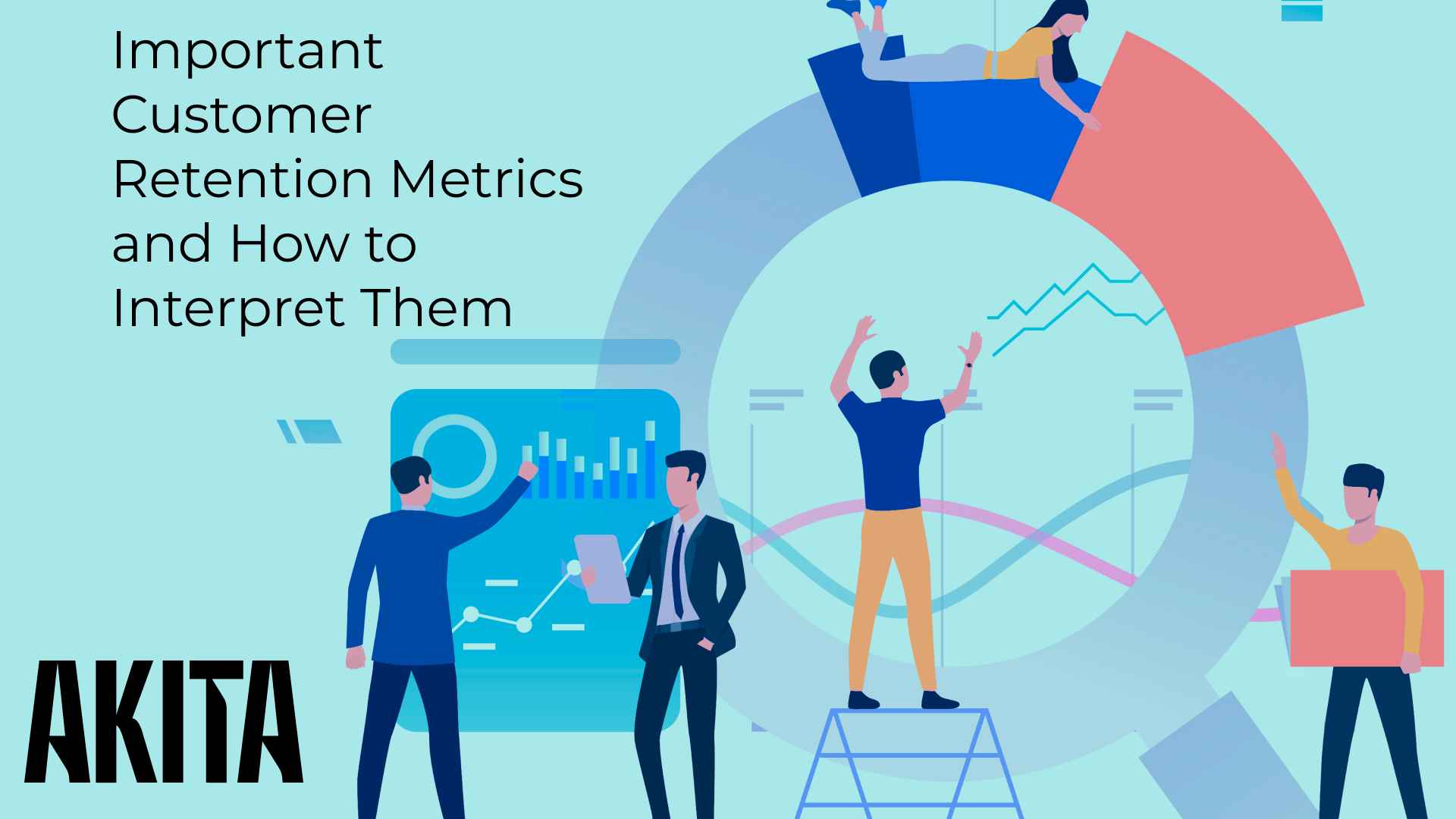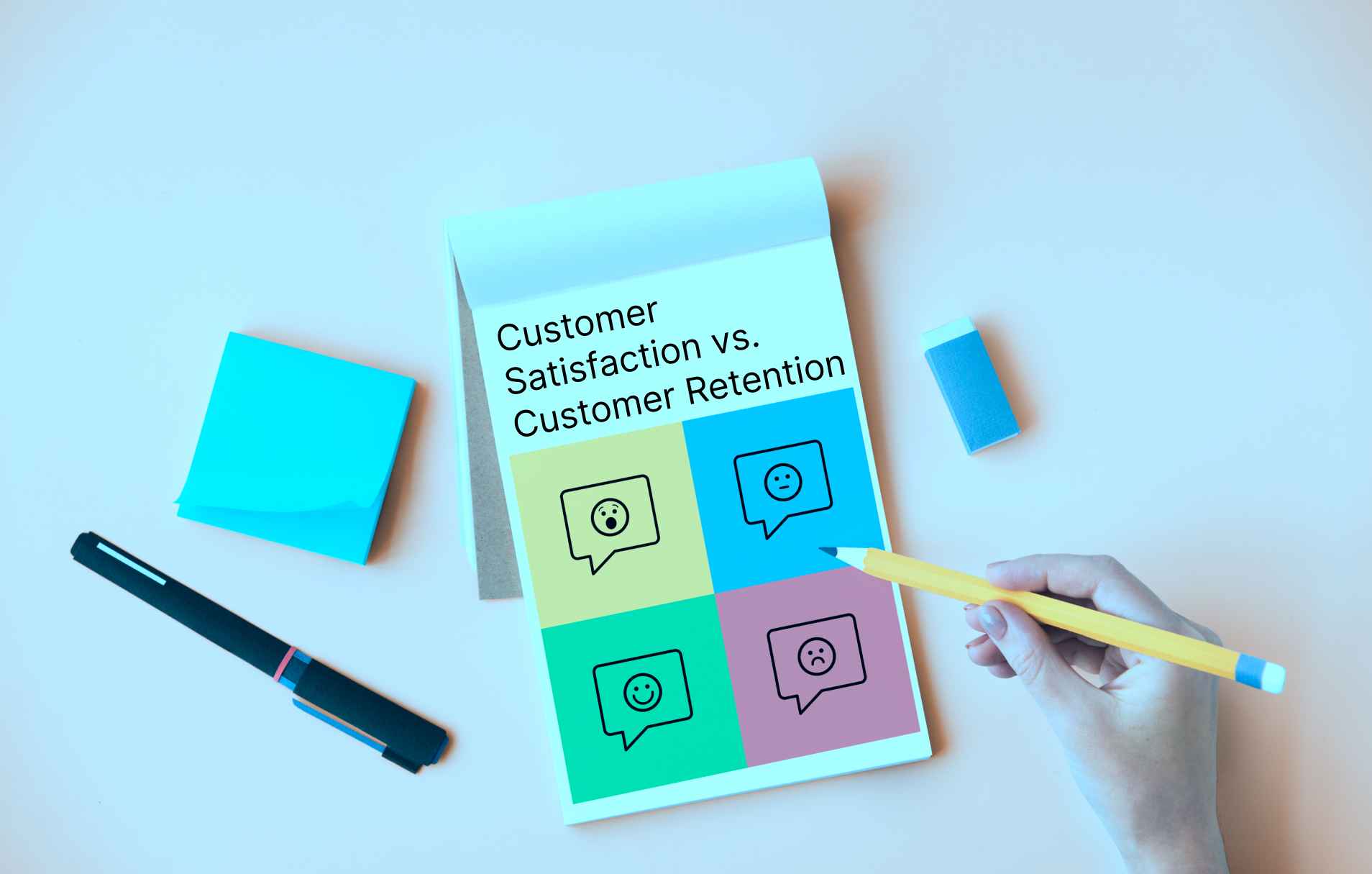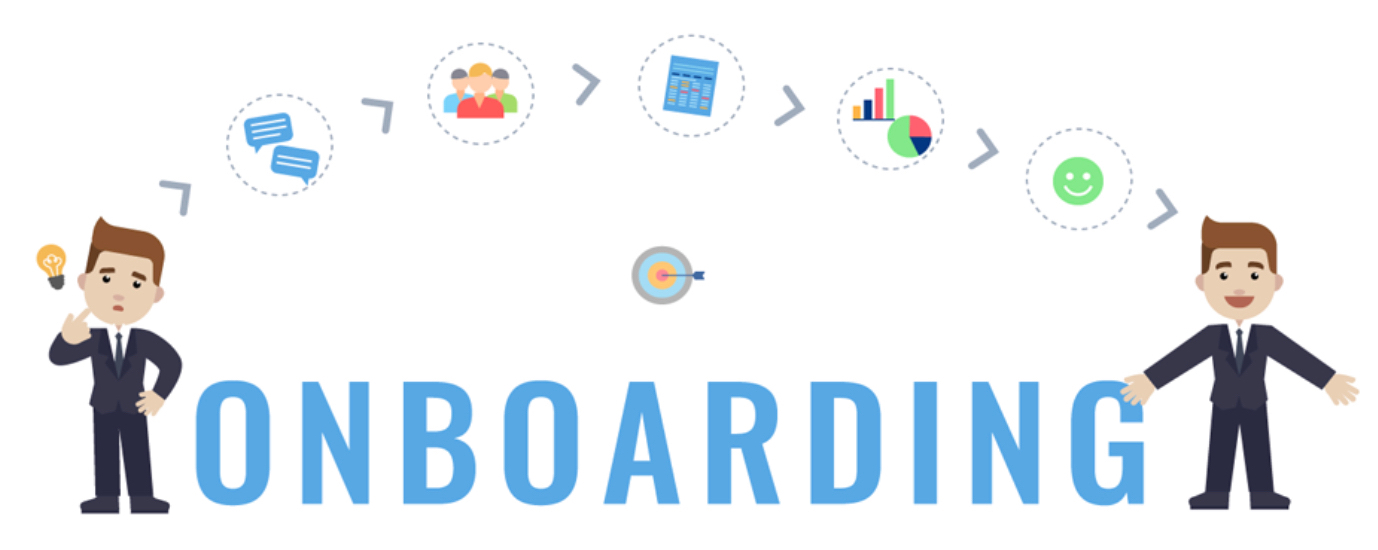Customer Retention Models for SaaS
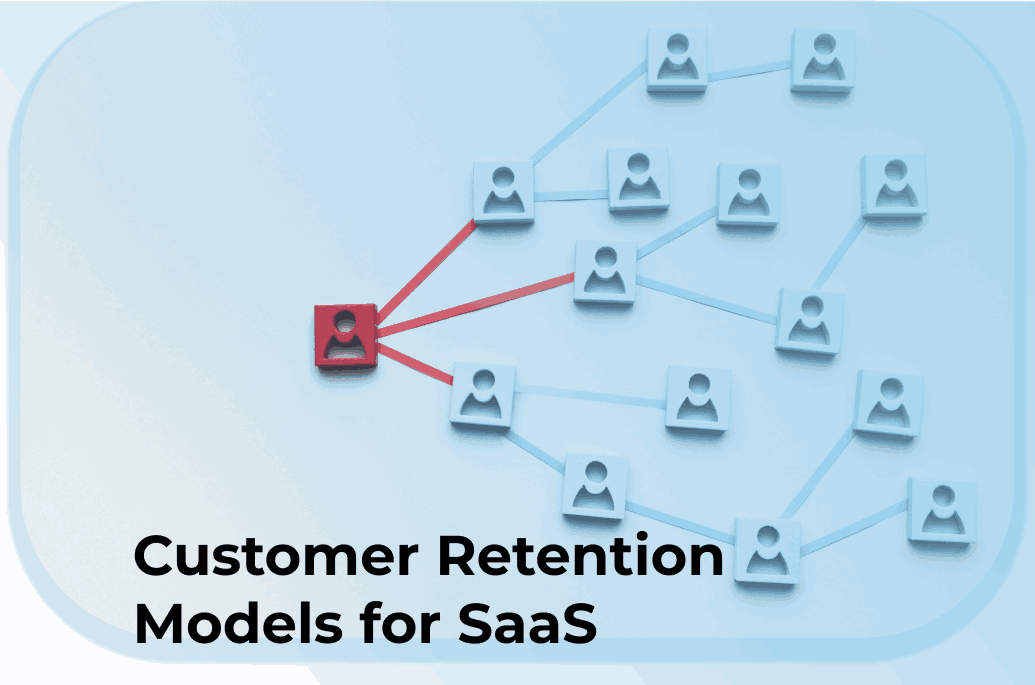
Acquiring new customers is no easy task in today’s economy. Because it is so challenging, the sustainability of your business will depend on how successful you are at retaining customers and retaining your existing revenue streams.
Building a retention model that will maximize revenue retention, improve customer satisfaction and loyalty, and reduce the costs of retaining and serving your customers is essential if your business aims to stay competitive in the ever-evolving SaaS landscape. This is precisely what customer retention modeling is all about.
The following article explores strategies and methodologies designed specifically for the SaaS environment, where churn prediction and proactive customer retention strategy design are the cornerstones of sustainability and growth.
Ready to learn more about customer retention models and ways to implement them into retention strategies? Let’s go!
What Is a Customer Retention Model?
A customer retention model uses data to predict whether a customer will renew their contract with a company. By analyzing customer interactions, history data, email activities, and other data sources, it identifies patterns and circumstances that can lead to churn or retention.
To create an effective customer retention strategy for SaaS, a business must collect, assess, and track extensive customer behavioral data. The goal is to understand customers’ behavior in order to predict it and, ultimately, leverage effective retention strategies to influence that behavior. Customer retention models combine all three touchpoints (collect, assess, and track) to help you generate efficient SaaS customer retention strategies that will drive more engagement, predict churn, and ultimately maximize the customer retention rate.
Three Customer Retention Models to Use
Based on the existing data, customer models can give an adequate answer to multiple essential questions. What customers are likely to churn? How do you segment customers? Which customers are most valuable and loyal to the business? What is the customer’s potential CLV (customer lifetime value), and how do you maximize it?
Thanks to their flexibility, you can adjust the data and the strategy to fit your business’ needs (for the moment) the best. Now, let’s see the three most common examples of customer models that can optimize customer retention for SaaS businesses.
- Propensity model
The propensity model in customer retention determines the probability of a customer taking a particular action, like churning, staying engaged with the product, repeat purchases, or similar. It takes into account factors like usage patterns (time spent on the platform, feature usage), transaction history (purchase and spending patterns, upgrade history), sentiment analysis (reviews, feedback), and/or customer interaction (customer support engagement).
One of the most critical forms of propensity models for SaaS customer retention is the next-best offer model, which analyzes which features are most relevant to certain user segments. This is how companies can create personalized offers for new features or tools that can facilitate or enhance their software usage. With customer success platforms like Akita, you can create up-to-date customer segments, track their visualized metrics and account performances in real-time, and add dozens of columns to each segment to get a full customer overview.
- Logistic regression model
A logistic regression model is a statistical method that can predict binary outcomes, like whether a customer will churn or not. Its analysis relies on combining multiple independent variables (usage patterns, customer demographics, customer support interactions, and engagement metrics) with a dependent one (churn or retention). Due to its complexity, the logistic regression model requires machine learning. How can companies use information from this model to develop custom-tailored b2b SaaS customer retention strategies? For example, the analysis might show that a higher engagement with a particular new feature decreases the probability of churn. Through personalized communication, the company should focus on promoting the feature to a segment with similar traits, like the one that responded well to the given feature.
- Uplift model
The uplift model identifies the impact of certain actions or strategies on customer’s choices to churn or stay with the company. The key role of the uplift model is to categorize four main customer groups based on their responsiveness to a certain strategy:
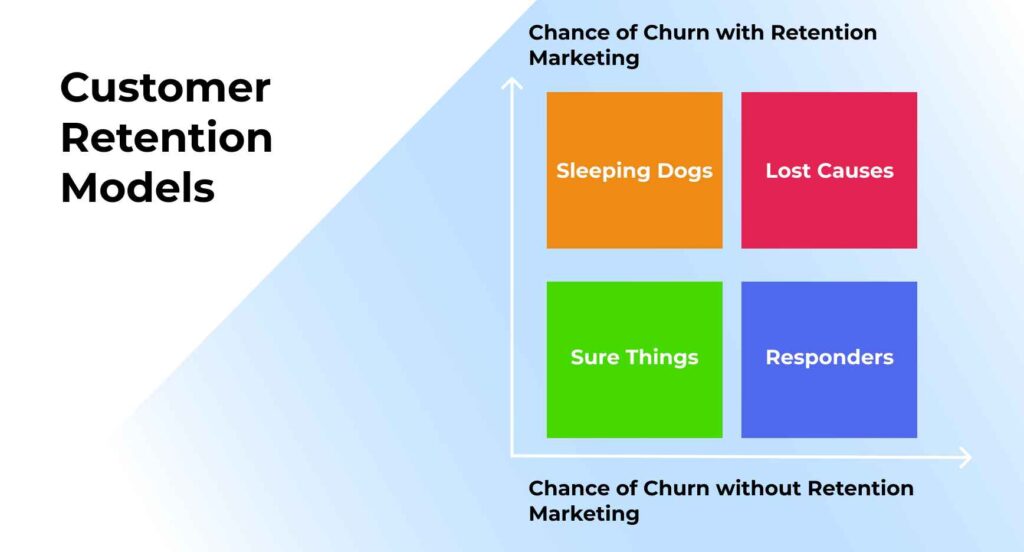
1. “Responders” – customers who are influenced positively by the action and are most likely to stay engaged.
2. “Sure things” – customers who stay engaged no matter if the action is taken or not.
3. “Lost causes” – the most unfortunate group that includes the customers who will churn regardless of whether action is being taken or not.
4. “Sleeping dogs” – customers who were influenced negatively by the action and might churn because of it.
By analyzing the given groups, the uplift model helps companies identify customers who will most likely respond positively to a certain retention action and then focus on creating customized retention strategies for their targeting.
How to Create a Customer Retention Strategy with Modeling
To create effective customer retention for SaaS, you must first determine what you want to measure. After gathering comprehensive customer data, the next step is to analyze it to be able to identify patterns that contribute to churn, retention, or another factor you wish to examine.
Segment customers into cohorts based on their similar traits to develop the predictive models we mentioned before and use them to forecast potential churn risks and single-out at-risk customer segments. Once you can determine the exact factors that affect churn or retention by using customer retention models, you are one step closer to creating a set of tailored retention strategies that help personalize customer interactions and maximize their satisfaction and retention.
The key advantage of automating customer retention processes is the ability to adjust the strategies as you go. Experiment and test them to see how they perform, monitor their performance, and refine them based on the analysis and customer feedback. If used properly, customer retention models can enhance customer satisfaction by providing a personalized experience for each customer. Well, that’s certainly a paved way to increase SaaS customer retention!
Optimizing Retention with Modeling
In the field of SaaS, customer retention is a backbone for business success. This is why companies are always on the lookout for innovative ways to improve customer retention in SaaS.
From predictive analytics to customized retention strategies, the given models give you an opportunity to comprehend and leverage customer behaviors, predict the churn, and form long-term customer relationships. By optimizing customer retention with modeling, companies can ensure steady revenue flow and sustained growth.
Can a Customer Success Platform (CSP) like Akita help?
Definitely!
CSPs are specifically set up to help execute your customer retention strategies.
How?
All of your customer data is retained within the CSP, including usage metrics, voice-of-customer data, billing data, and communications details. The segmentation, alerts, health scoring, and playbook features within a CSP like Akita will allow you to identify the conditions that indicate churn risk and trigger the action required to intervene and mitigate that risk.
The screenshot below shows an Akita segment of At-Risk accounts. This segment includes accounts with low NPS and CSAT as well as a negative CSM intuition score and dropping usage. Combined, all of this might indicate that some form of intervention is required, either via an automated playbook or simply by alerting the relevant team member.
Conclusion
Although each customer retention model can help you predict and hopefully prevent churn, you’ll get more nuanced results by combining them. This is how you’ll be able to craft more solid yet flexible customer retention strategies for SaaS that can adapt and evolve to cater to each customer’s needs and resonate deeply with them.
Frequently Asked Questions
What other types of customer retention models are used in SaaS?
Besides the most common models we presented you with, SaaS companies often use Churn Prediction Models, Customer Satisfaction Surveys and NPS (Net Promoter Score), and others.
What data is commonly used in customer retention models?
Data usually includes usage patterns and purchase history, customer interactions, feedback, demographic information, etc.
Can SaaS startups benefit from implementing customer retention models?
Absolutely! Customer retention models help businesses understand their customer base, personalize customer experiences, and design strategies for the given targets. All this can improve customer loyalty, business growth, and stability.
